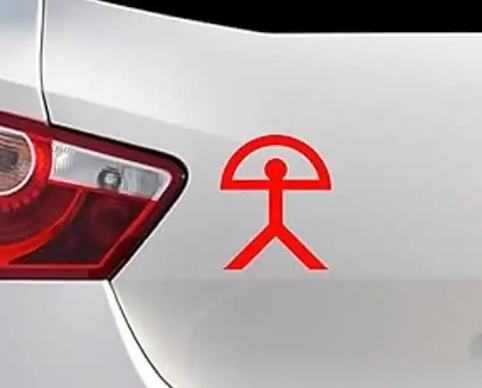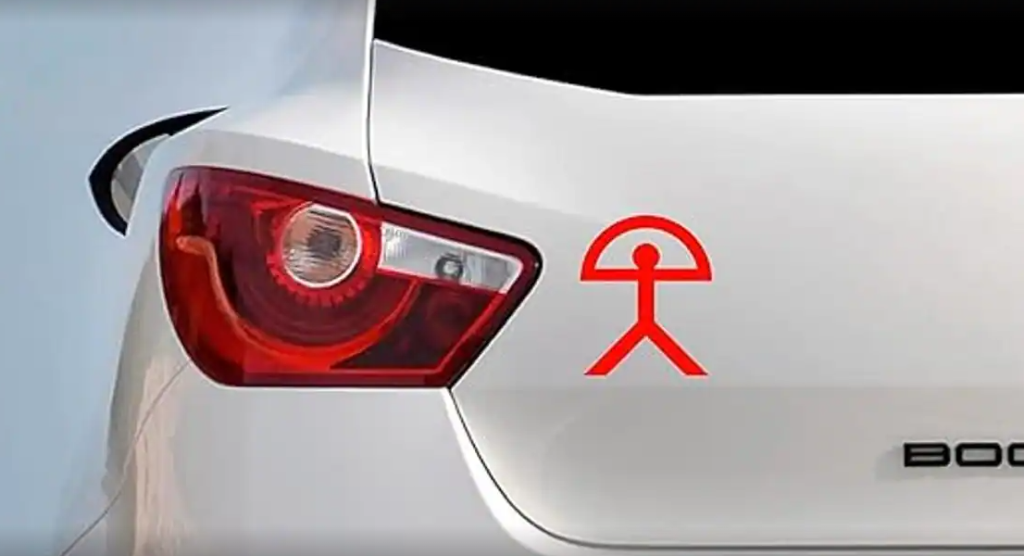What Does This Symbol on the Back of Cars Mean?
Others are reading now
When you spot a distinctive emblem on the back of a car, it’s something that catches your eye. Often, we see small stickers with messages or ‘children in the car’ decals, but there are also other icons whose meanings are not widely known.
We have previously discussed the meaning of a fish icon seen on the backs of cars, but that’s not the only ‘mysterious’ icon you might find there.
Today, we take a closer look at a symbol you can see in the picture accompanying this article. The symbol is called the Indalo, but what does it mean?
Also read

You might have seen it once or twice before, and if you travel to Spain, you will encounter it quite frequently. Many Spanish cars display this logo near one of their rear lights.
Specifically, it is a striking symbol, but what exactly is its meaning?
The Indalo, the Symbol Many Cars Have on the Back
The emblem many cars sport on their rear is known as the Indalo. And what is it? If you are Andalusian, you probably know its significance because it is an emblem of a part of the region.
The Indalo is a hallmark of Almería. It is a Neolithic cave painting discovered in the Letreros cave in 1868 by Manuel de Góngora y Martínez.
The Almería Provincial Council explains that there are several interpretations of what it represents. On one hand, it is said to depict a man hunting with a bow. On the other, some believe it shows a man with a rainbow as a symbol of protection against bad spirits or terrestrial evils.
Following this discovery, the so-called Indalian movement emerged. It was adopted by a group of writers, poets, archaeologists, and painters.
The Indalo symbolizes a higher power that offers protection and safeguards against potential risks that could threaten people and places, as well as possible evils.
Why is the Indalo Placed on Cars?
And why is the Indalo placed on cars in the form of a sticker? The answer is simple. It represents the province and shares a piece of its origins.
Moreover, for the more superstitious, it is a way to feel protected and believe in the avoidance of traffic accidents.


